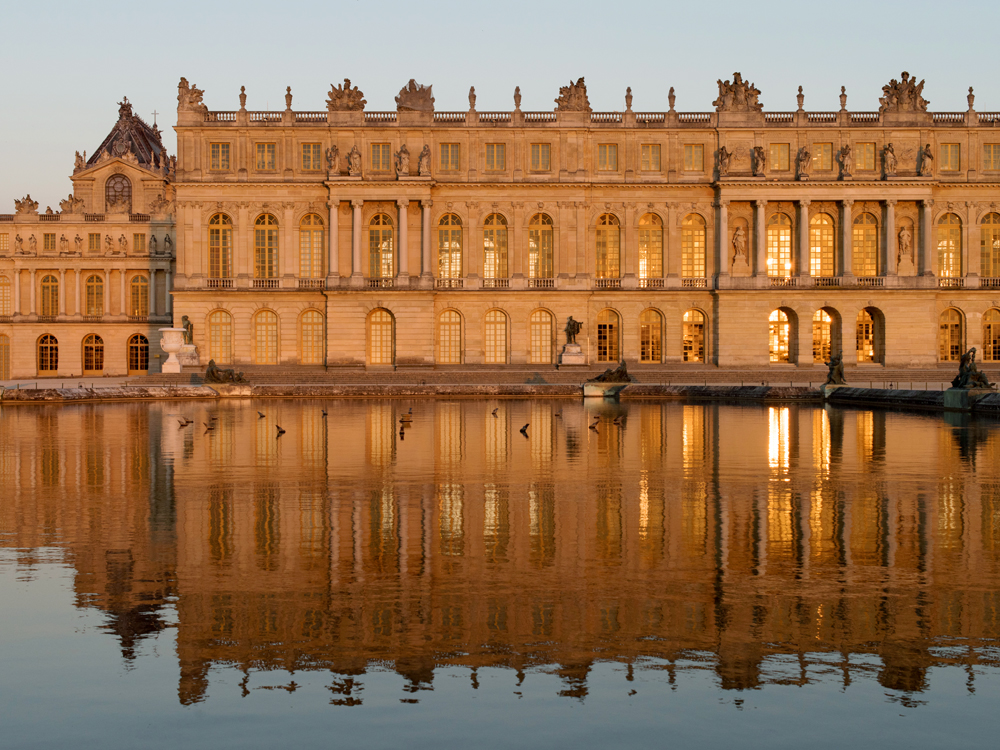Listed for the past 30 years as a UNESCO World Heritage Site, the Palace of Versailles constitutes one of the finest achievements of French art of the 17th century. The former hunting lodge of Louis XIII was transformed and extended by his son Louis XIV who installed here the Court and the government of France in 1682. Up until the French Revolution, a line of kings succeeded each other, each taking his turn to embellish the Palace.The Hall of Mirrors, the King's Grand Apartments, the gardens… The Palace of Versailles is one of the most visited cultural sites in the world today.
Today the Palace contains 2,300 rooms spread over 63,154 m2.

In 1789, the French Revolution forced Louis XVI to leave Versailles for Paris. The Palace would never again be a royal residence and a new role was assigned to it in the 19th century, when it became the Museum of the History of France in 1837 by order of King Louis-Philippe, who came to the throne in 1830. The rooms of the Palace were then devoted to housing new collections of paintings and sculptures representing great figures and important events that had marked the History of France. These collections continued to be expanded until the early 20th century at which time, under the influence of its most eminent curator, Pierre de Nolhac, the Palace rediscovered its historical role when the whole central part was restored to the appearance it had had as a royal residence during the Ancien Régime.
The Palace of Versailles never played the protective role of a medieval stronghold. Beginning in the Renaissance period, the term "chateau" was used to refer to the rural location of a luxurious residence, as opposed to an urban palace. It was thus common to speak of the Louvre "Palais” in the heart of Paris, and the "Château” of Versailles out in the country. Versailles was only a village at the time. It was destroyed in 1673 to make way for the new town Louis XIV wished to create. Currently the centrepiece of Versailles urban planning, the Palace now seems a far cry from the countryside residence it once was. Nevertheless, the garden end on the west side of the Estate of Versailles is still adjoined by woods and agriculture.

Source: en.chateauversailles.fr
Không có nhận xét nào:
Đăng nhận xét